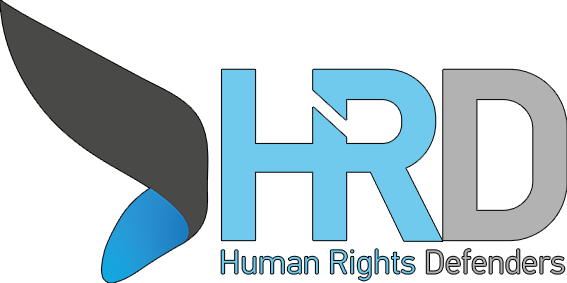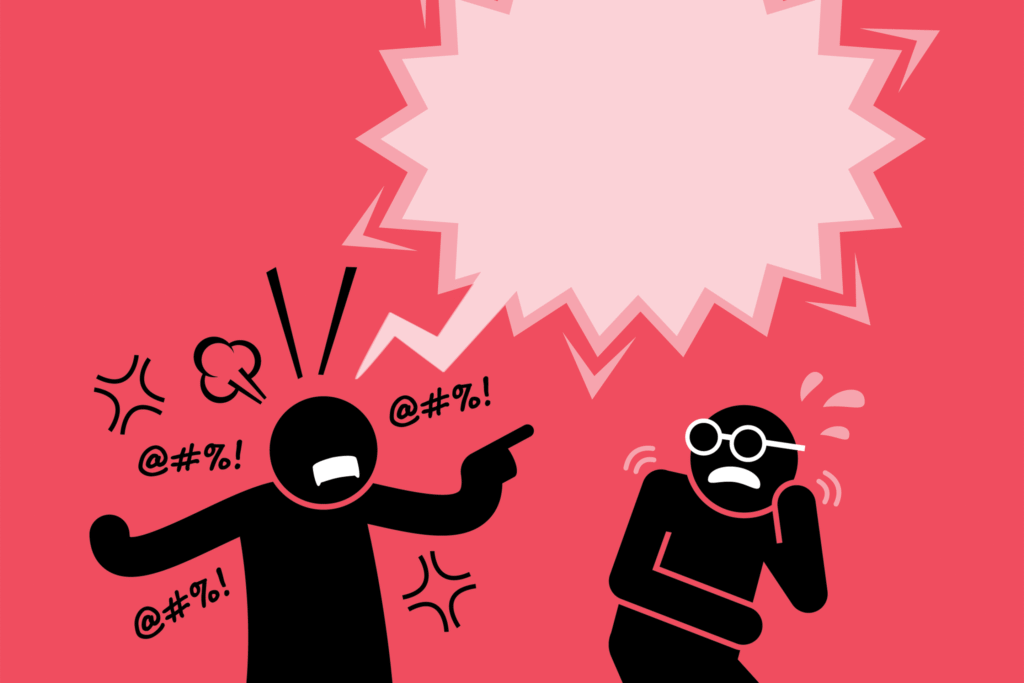The EU’s policies on combatting hate speech form a layered and evolving framework rooted in both legal instruments and policy strategies. Let’s unpack the architecture.
At its legal core lies the EU Charter of Fundamental Rights, which guarantees dignity, equality, and freedom of expression but also sets limits where speech incites hatred or discrimination. The Framework Decision 2008/913/JHA criminalizes hate speech and hate crime across the Union, requiring Member States to penalize public incitement to violence or hatred based on race, color, religion, descent, or national or ethnic origin. Later instruments expanded these principles toward sexual orientation, gender identity, and disability.
Parallel to legislation, the European Commission’s 2016 Code of Conduct on Countering Illegal Hate Speech Online, agreed with major social media platforms, introduced a practical enforcement mechanism. It established a 24-hour rule for reviewing reported content and encouraged transparency reports, cooperation with trusted flaggers, and the development of counter-narratives. The Code is voluntary but has become an influential standard, shaping corporate moderation policies.
Recent years saw the Commission’s EU Anti-Racism Action Plan (2020–2025), the LGBTIQ Equality Strategy, and the Gender Equality Strategy, all addressing hate speech as a symptom of broader structural discrimination. The Digital Services Act (DSA), effective since 2024, now gives these commitments legislative teeth—requiring large online platforms to assess and mitigate systemic risks like disinformation, harassment, and hate speech, under independent audit and Commission oversight.
The EU also supports civil society through funding streams such as CERV (Citizens, Equality, Rights and Values)—the very program under which your FRNETWORK project operates. CERV finances awareness campaigns, reporting tools, and victim-support initiatives, encouraging cooperation between NGOs, educators, and digital platforms to strengthen civic resilience.
In short, EU hate speech policy rests on three intertwined pillars:
-
Legal prohibition and harmonization (Framework Decision, Charter, DSA),
-
Collaborative governance with tech companies and CSOs (Code of Conduct, trusted flaggers),
-
Preventive and educational measures (CERV, Equality Strategies, FRA research).
It treats hate speech not merely as criminal conduct but as a civic and cultural threat—one that demands both enforcement and education. Projects like FRNETWORK fit precisely into the third pillar, providing participatory tools to detect, document, and counter hate narratives through data-driven awareness and citizen engagement.



No comment yet, add your voice below!